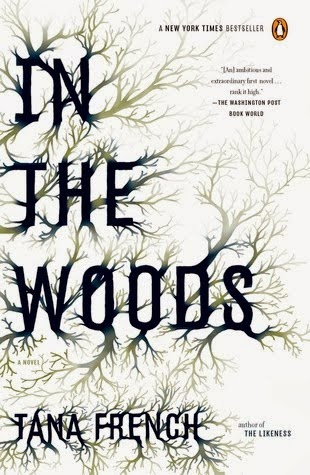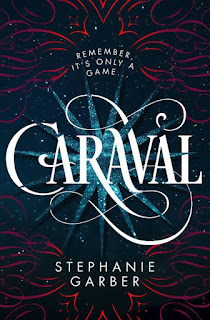Pro: A solid read
Con: Pace may drag for some; a few odd thought moments
The Bottom Line: While not *quite* my cup of tea, there are
plenty out there who will enjoy it.
This book was displayed on our “If You Liked Outlander”
endcap at work. Which made sense I suppose. We’re back in time, we’re in
Ireland (yes, I am aware Outlander takes place in Scotland), and we have a man
and woman thrown together who will hopefully fall in love with one another.
Morgana is a witch – this much is clear. But in the world
she lives in, such a thing is hidden away. In order to help keep her safe and
cared for, her mother agrees to a marriage between Morgana and Cai Jenkins, a
widower from far away who doesn’t know anything about Morgana. He’s only ever
seen her at the marketplace, but from those small encounters he believes the
two might come to love each other. But there’s something lurking in the place
that Cai lives. It wants something that Cai has. Morgana, with all her power,
may be the only thing that can stop it.
The book alternates between Cai’s point of view and Morgana’s.
There are a few awkward things with this. Morgana’s point of view is done in
first person, so we get everything, “I stirred the pot,” etc. Cai’s, however,
is third person, so “he did this,” and so forth. At times Cai took some getting
used to because the narrator seemed to start off very distantly – very omniscient
– before sinking back into Cai’s thoughts so we’re more in tune with him. It felt
odd at times, though ultimately not too much of a big deal.
It can take a bit of getting used to Morgana for some
people. Morgana hasn’t spoken since her father left when she was a child. As it’s
frequently stated in the book, it’s not that she can’t speak – she just chooses
not to. This means when we’re in her point of view, we get almost zero
dialogue. The only dialogue around is from other people, but when it’s just her
and Cai or her and another character, it’s all one-sided. I personally didn’t
have an issue with it, but I know the lack of dialogue can drive some people
batty.
As for the story itself, it’s pretty simple. Cai hopes
Morgana will eventually fall for him, Morgana does find herself falling for
Cai, but the two have a very bumpy relationship throughout. Meanwhile, an evil
presence wants a very special well that sits on Cai’s property and does
whatever it can to drive Morgana away since her attachment to Cai and her power
pose an impediment. When these two things aren’t being brought to light, there’s
a lot of introspection and walking about the wilderness. There are a few
issues, though.
First is that when one character attacks Morgana, she keeps
thinking, “He was so nice – how could he go so bad like that?” And yet even
after it’s 110% clear the evil person was behind it, she still doesn’t connect
the dots. It’s also very clear early on who the antagonist is, and Morgana
knows this – yet does nothing to stop or even slow her. Granted, Morgana doesn’t
exactly know how to wield her power with ease, once she knows there’s something
nasty trying to get to Cai and the magical well, one would think she ought to
do everything she can to at least put up some kind of protection. But I guess
without the bad things occurring we wouldn’t have much of a book.
The other issue I have is really more of a plot hole. It’s
stated several times that Morgana has to be accepted by the Witches of the Well
in order to wield the well’s power. And it really
sounds like she has to be cool with them or A.) Bad Things Will Happen, or B.)
she gets zero chance at handling the well’s power. So why does the antagonist
want it? She won’t be able to use it – right? Doesn’t she need the OK from the
Witches of the Well to handle the power? I never understood that. I just kept
thinking, “Why are they so worried? If Morgana has to do all this stuff to play
with the well, isn’t the other chick just going to get kicked out? Or killed?”
Maybe there’s a loophole I don’t know about, which I guess there is because at
one point the bad witch absolutely just strolled in an used the well, but it
still didn’t make sense to me.
On the whole, though, it’s a fairly good read. You have to
be able to handle relatively slow-paced stuff, plenty of description (but it’s
good description), and all the aforementioned stuff, but this kind of thing is
good for those that like magic realism books. So I feel like if you enjoyed books
like Garden
Spells or Chocolat, this is
up your alley.
NT







